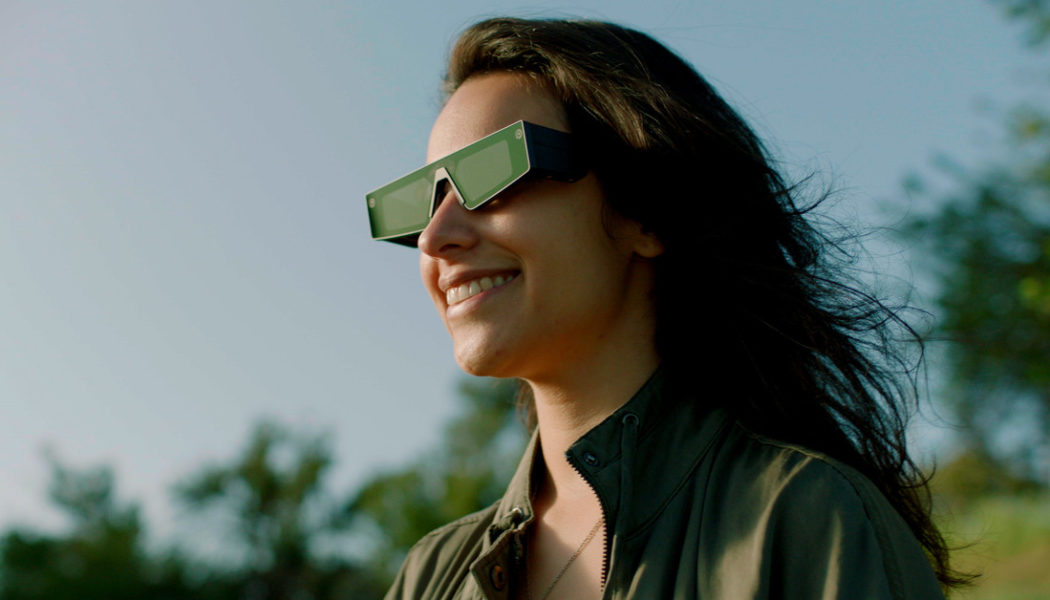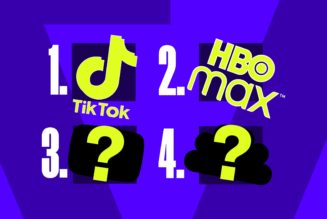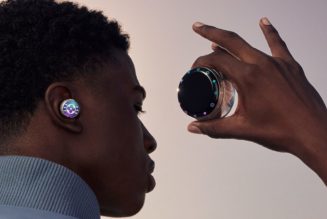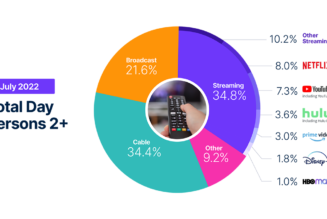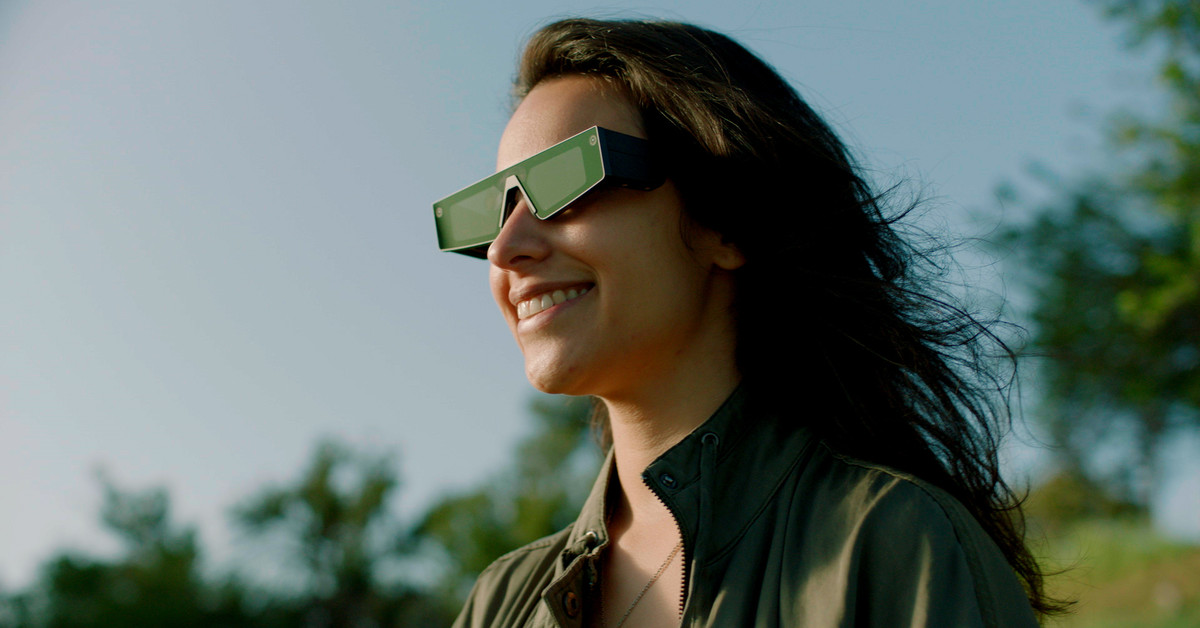
Snap’s new Spectacles glasses are its most ambitious yet. But there’s a big catch: you can’t buy them.
On Thursday, Snap CEO Evan Spiegel unveiled the company’s first true augmented reality glasses, technology that he and rivals like Facebook think will one day be as ubiquitous as mobile phones. A demo showed virtual butterflies fluttering over colorful plants and landing in Spiegel’s extended hand.
The new Spectacles have dual waveguide displays capable of superimposing AR effects made with Snapchat’s software tools. The frame features four built-in microphones, two stereo speakers, and a built-in touchpad. Front-facing cameras help the glasses detect objects and surfaces you’re looking at so that graphics more naturally interact with the world around you.
These Spectacles, however, aren’t ready for the mass market. Unlike past models, Snap isn’t selling them. Instead, it’s giving them directly to an undisclosed number of AR effects creators through an application program online. (Another indication they aren’t ready for everyday use: the battery only lasts 30 minutes.)
The idea is to encourage a small portion of the 200,000 people who already make AR effects in Snapchat to experiment with creating experiences for the new Spectacles, according to Spiegel. Like the bright yellow vending machines Snap used to sell the first version of Spectacles several years ago, the approach could end up being a clever way to build buzz for the glasses ahead of their wide release. Spiegel has said that AR glasses will take roughly a decade to reach mainstream adoption.
“I don’t believe the phone is going away,” he told The Verge in an interview this week. “I just think that the next generation of Spectacles can help unlock a new way to use AR hands-free, and the ability to really roam around with your eyes looking up at the horizon, out at the world.”
The first two generations of Spectacles, released in 2016 and 2018, looked like sunglasses with a single camera in the corner of the frame. They let you snap videos (and later photos) in a unique, spherical format that could then be transferred to your phone and posted to Snapchat or another social network.
Above: Snap’s new fourth-generation Spectacles. Lower: the Spectacles in their case, and a side-view showing their touch panel. Images: Snap
Snap, which calls itself a camera company, started moving more toward AR in 2019 with the launch of its third-generation Spectacles. That model added a second camera to detect depth in videos, allowing for more advanced effects to be applied afterward. But they lacked displays. You had to shoot a video, import it to Snapchat, and then apply AR effects — which Snap calls Lenses — later.
The new fourth generation of Spectacles come from a secretive hardware division of the company called Snap Lab, which is also working on a camera drone. They weigh 134 grams, more than double the weight of the previous version but far less than Microsoft’s Hololens AR headset. They’re designed to be worn indoors or outdoors with up to 2,000 nits of display brightness, a tradeoff the company clearly made to favor display richness at the expense of battery life.
Two front-facing cameras use the software Snap built for its mobile phone Lenses to automatically detect physical surfaces and place effects in a way that doesn’t obstruct the real world. Two stereo speakers capture audio and allow for the wearer to control them by voice. A touchpad on the side of the frame operates an interface in the displays that Snap calls the Lens Carousel, allowing the wearer to switch AR effects they’re seeing.
Above: two images show AR effects as seen through the new glasses. Lower: the lens carousel interface lets you select different AR effects. Images: Snap
The new Spectacles were announced Thursday at Snap’s virtual Partner Summit for developers, where the company previewed a number of new augmented reality features for Snapchat. Its AR clothing try-on tech can now handle watches and glasses, and businesses will be able to more easily add AR versions of their online catalogs for Snapchat’s 500 million monthly users to try and purchase.
A new feature, called Connected Lenses, allows multiple people to see and interact with the same scene in AR. Snap is also launching an AR “innovation lab” called Ghost and is committing $3.5 million to support creators making effects, with another $1 million in funding with Verizon to fund AR experiences used over 5G.
While Snap is known primarily for the Snapchat app now, these Spectacles indicate how the company’s ambition is to be a major player in the race to build AR glasses. Facebook, Apple, and other tech giants are currently working on their competing devices. Facebook plans to debut its own pair of smart glasses in partnership with RayBan later this year, though they won’t feature AR displays.
According to Spiegel, head-worn devices like these new Spectacles will create a big shift in how we interact with computers. While Snap is betting that millions of people will eventually want to wear Spectacles, the company is content for now to build in public alongside its creators.
“You have to invent a whole new way of interacting with computing when it’s volumetric and integrated with the space around you,” Spiegel said. “So I don’t see Snapchat transitioning to wearables that directly, but one of the things that’s really fun is to think about what the new interaction paradigms can look like.”
